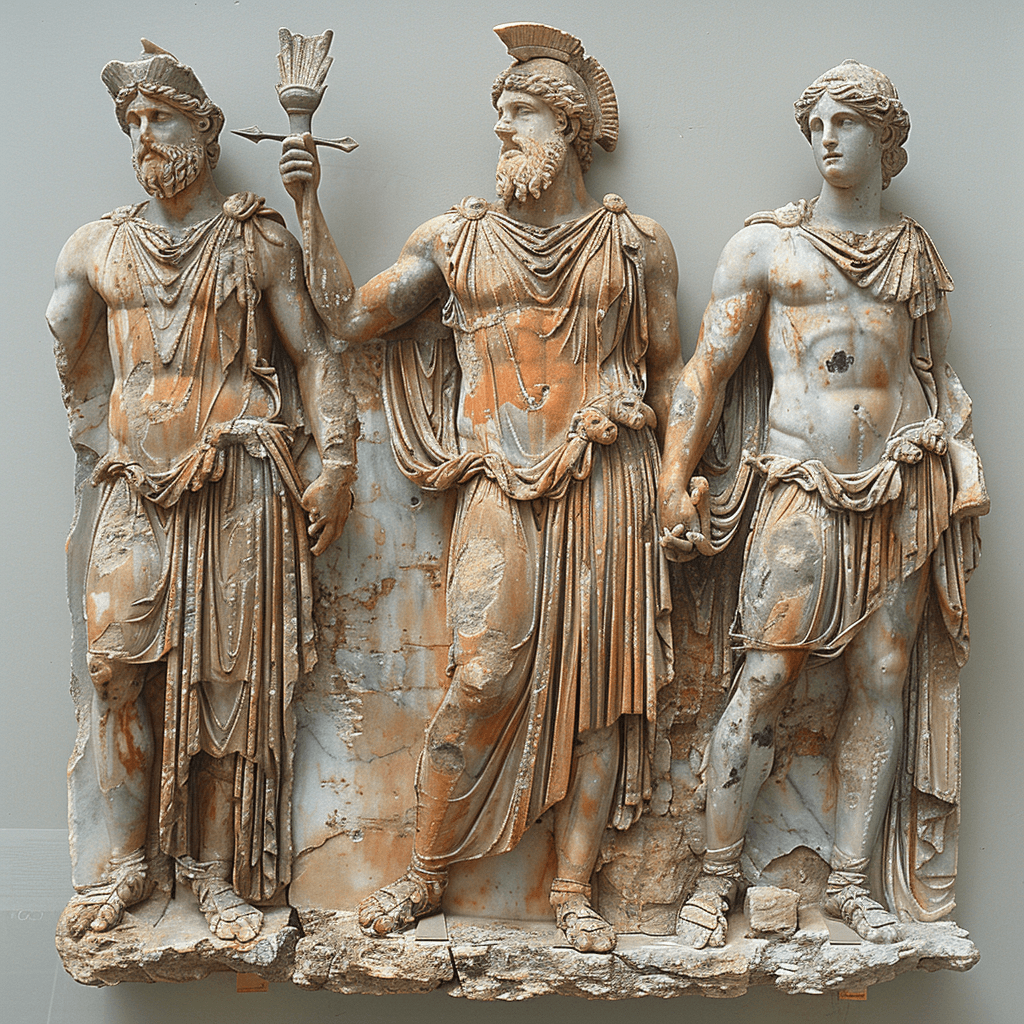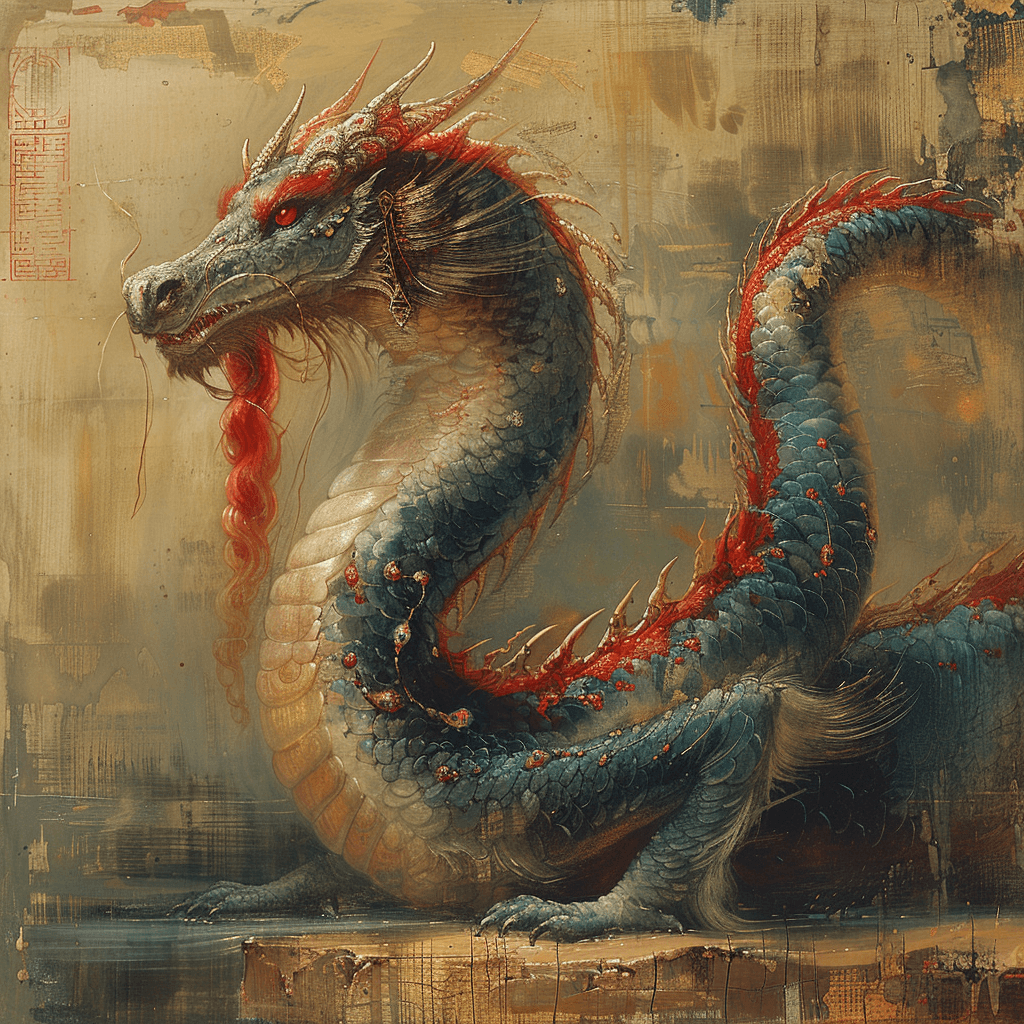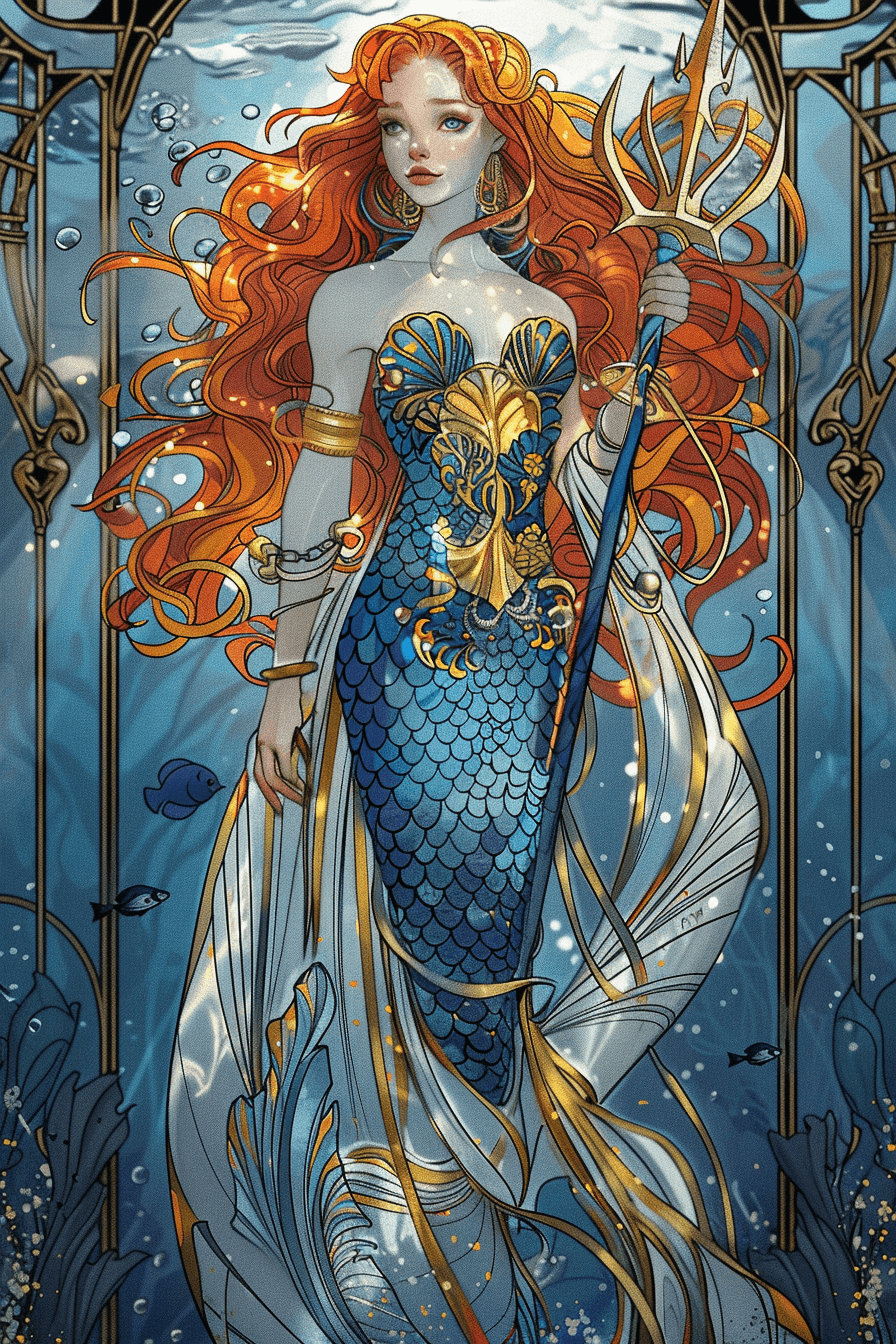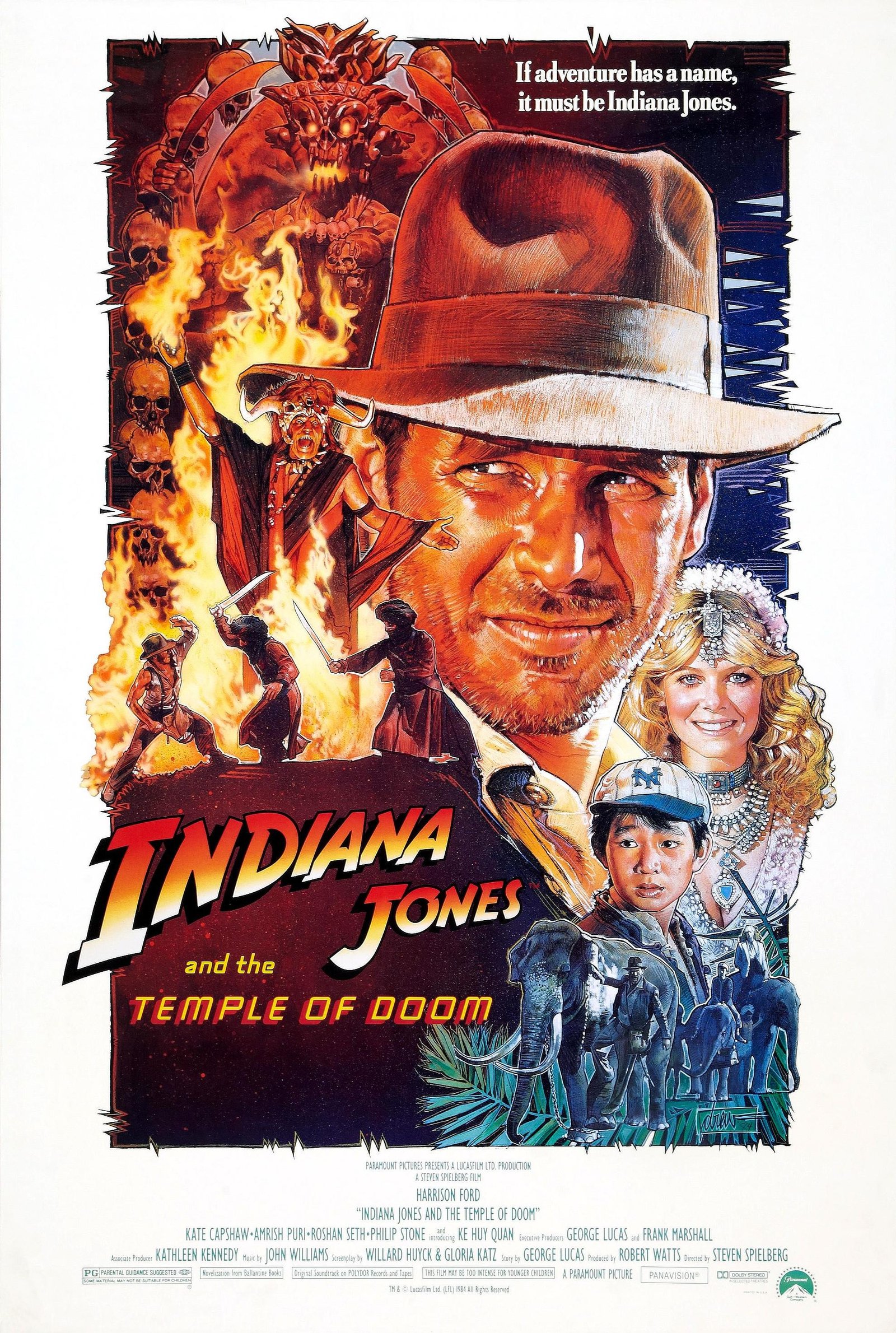Hittite mythology
Hittite mythology
bronze-age

Hittite mythology and Hittite religion were the religious beliefs and practices of the Hittites, who created an empire centered in what is now Turkey from c. 1600 BC to 1180 BC.
Hittite mythology
Hittite mythology is the set of myths and religious beliefs of the ancient Hittites, an Indo-European people who lived in Anatolia (modern-day Turkey) from around 1600 BCE to 1200 BCE. Some of the most famous myths of Hittite mythology include:
-
The story of Kumarbi
This is the Hittite version of the "cosmogonic cycle" which tells the story of the god Kumarbi, who overthrows his father Anu and becomes the ruler of the gods. Kumarbi also impregnates the mother goddess and gives birth to the storm god Teshub and other deities.
-
The story of Teshub and the dragon
The god Teshub fought and defeated the dragon Illuyanka, a symbol of chaos and destructive forces.
-
The story of Telipinu
This is the story of the god Telipinu, who is responsible for the fertility of the land and the well-being of the people. Telipinu goes into a rage and causes a drought, but he is eventually placated and returns to bring fertility back to the land.
-
The story of the Sun-goddess of Arinna
This is the story of the Sun-goddess of Arinna, one of the most important deities of the Hittite pantheon. She is the goddess of the sun, and her daily journey across the sky was seen as a representation of the cycle of life and death.
-
The story of the god of the underworld
The god of the underworld, known as Allani or "the god of the land of the dead" is an important figure in Hittite mythology. He is responsible for the afterlife and the fate of the souls of the dead.
These myths were an important part of Hittite religion and were often depicted in art and referenced in religious texts and rituals. They played a significant role in shaping the beliefs and worldview of the Hittite people. The Hittite myths were passed down through oral tradition, and many of them were recorded in the Hittite language on clay tablets. They are still studied today for their historical and cultural significance.
Hittite mythology Legends

Kumarbi

Shaushka

Allanzu

Arma

Illuyanka

Teshub

Hebat

Hahhimas

Wurusemu

Sea God Illuyankas

Telepinu
Hittite mythology Creatures

Hannahannah

Tarhun

Teshub

Kamrusepa

Lamma

Irsirra

Hedammu









